Program Path: Healthcare
Heart disease is one of the biggest killers in the Western world and needs to be diagnosed and treated early for a patient’s health. With sedentary lifestyles, obesity, and unhealthy […]
Program Path: Healthcare
Are you ready to become a medical assistant and want to learn more about phlebotomy certification? If so, you have come to the right place. This article will review a […]


Program Path: Business
Are you looking for more than a job but a career? Getting the training you need to be an effective administrative assistant is an ideal way to start a new […]
Call Us Today or Complete The Form at the Top of The Page to Take the Next Step Toward Your New Career!

Gwinnett
Colleges & Institute
Gwinnett Colleges and Institute cannot guarantee employment or a minimum starting salary upon graduation; however, placement assistance is available upon successfully completing the selected program.
For state authorization and accreditation information, please refer to the location page associated with the campus you are interested in.
Disclosures and Catalogs
For Consumer Information, Disclosures, and Course Catalogs, please click the above link.
Sources and related content